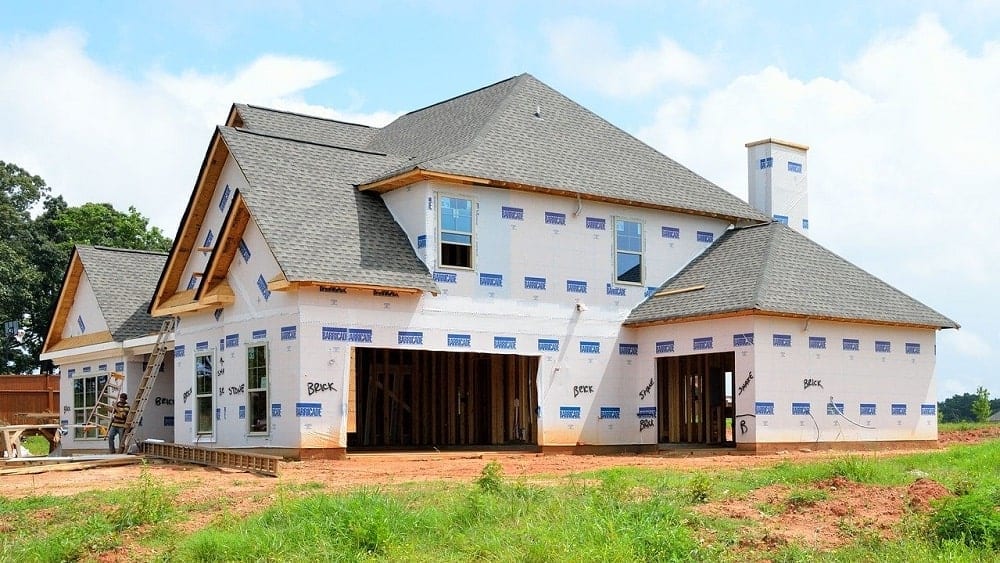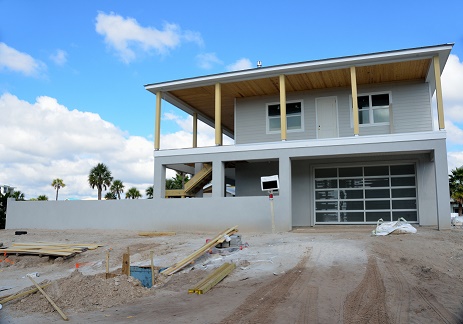Top Quality Kitchen Remodeling Indiana to Upgrade Your Food Preparation Space
Top Quality Kitchen Remodeling Indiana to Upgrade Your Food Preparation Space
Blog Article
Just How a General Contractor Can Change Your Common Areas Into Functional Spaces
The improvement of usual locations right into functional areas is a nuanced process that needs a basic specialist's proficiency in evaluating particular neighborhood demands and making tailored services. By thinking about variables such as format, accessibility, and aesthetic appeal, a service provider can produce atmospheres that not just serve functional functions but additionally foster neighborhood involvement. Through efficient job monitoring and adherence to quality requirements, these remodellings can considerably enhance customer experience. The details included in balancing layout and performance elevate crucial questions about finest practices and possible difficulties that merit additional exploration (Bathroom Remodeling Indiana).
Assessing Current Common Area Demands
When assessing typical areas, it is necessary to identify and understand the specific needs of the neighborhood they offer. This process begins with a complete analysis of current usage patterns, which involves event data walking website traffic, height use times, and tasks happening within these areas. Engaging with community members via surveys or conferences can supply valuable insights into their preferences and difficulties.
Next, it is crucial to consider the demographic composition of the community, including age, lifestyle, and any special requirements that may impact exactly how these rooms are made use of. As an example, family members with kids may need backyard, while older adults might prioritize access features.
In addition, examining the existing framework and facilities is important. Determining areas that are underutilized or in need of repair work can notify possible renovations. Teaming up with stakeholders, such as building managers and local companies, makes certain that the evaluation reflects a comprehensive understanding of the community's demands.
Inevitably, a thorough examination of current usual area needs lays the foundation for efficient changes, permitting the development of spaces that cultivate engagement and boost the general quality of life within the area.
Designing for Functionality and Aesthetics
A thorough understanding of neighborhood requires sets the phase for effective style that balances performance and aesthetic appeals alike locations. Successful layout needs a thoughtful strategy that thinks about both the practical usages of the area and the aesthetic appeal that boosts the setting.
Practical design requires creating rooms that deal with the certain tasks and interactions of the community. This could consist of adaptable seating arrangements for gatherings, accessible paths for people with wheelchair obstacles, or designated locations for recreational activities. Each element should offer a purpose while making certain ease of motion and convenience for individuals.
The selection of colors, materials, and lights can significantly affect the understanding of a room. In addition, straightening the style with the area's cultural identity can promote a feeling of belonging and pride.
Budgeting and Source Allotment
Effective budgeting and resource appropriation are essential parts in the effective improvement of typical areas. A well-defined spending plan lays out the economic parameters within which the task must run, making sure that costs are regulated and sources are efficiently utilized. This starts with a thorough analysis of job demands, including layout aspects, materials, and labor.

A general contractor plays an important role in this stage, teaming up with stakeholders to establish reasonable budget price quotes that line up with the intended vision. By focusing on crucial attributes and checking out economical read options, the contractor can maximize spending without endangering high quality.
Resource allocation entails purposefully designating workers, equipment, and products to various phases of the task (Bathroom Remodeling Indiana). This needs cautious planning to make certain and stay clear of hold-ups that each component is supplied on schedule. Additionally, regular monitoring of expenses versus the budget helps to determine prospective overruns early, permitting timely adjustments
Handling Construction Refine Efficiently
Handling the building procedure efficiently is vital for accomplishing timely task completion and maintaining budget plan stability. A well-coordinated approach involves thorough planning, clear communication, and reliable resource monitoring. General contractors should develop an in-depth project timeline that outlines each phase of construction, allowing for the recognition of potential bottlenecks and critical milestones.
Regular progress meetings are important for keeping all stakeholders educated and aligned. These conferences facilitate the prompt resolution of concerns, making certain that the job remains on track. Additionally, using job management why not look here software program can enhance communication, track progress, and take care of documents, lowering the chance of hold-ups and misconceptions.
Efficient resource allocation is also extremely important. By ensuring that products, labor, and tools are available when required, general professionals can stop expensive disturbances. Executing an aggressive strategy to run the risk of management more improves efficiency, as it allows for the recognition and mitigation of possible obstacles before they intensify.

Ensuring Compliance and Top Quality Standards
Conformity and quality standards are essential to the success of any kind of building task, guaranteeing that the ended up areas not only fulfill client assumptions however also stick to regulative demands. A general service provider plays a critical duty in imposing these standards throughout the building and construction procedure.
First, it is crucial for the service provider to remain updated on local building regulations, security laws, and sector finest practices. This understanding enables them to guide style options and product options that align with compliance requirements. Normal examinations and quality assessments during the building stage aid to determine potential problems early, reducing pricey delays and revamp.
Moreover, a reputable general contractor fosters a culture of top quality amongst employees and subcontractors. This can be accomplished by supplying training on compliance procedures and carrying out stringent quality assurance actions. By establishing clear communication channels, the professional can make sure that every person involved recognizes their duties regarding compliance and quality.
Conclusion
Finally, the role of a basic contractor in transforming common locations into useful areas is essential. Through a comprehensive assessment of area requirements, thoughtful design, careful budgeting, and effective job management, these professionals can create environments that boost use and visual appeal. Adherence to conformity and quality criteria even more makes certain that revitalized spaces not just fulfill the expectations of stakeholders however also foster involvement and enrich the general experience for all users within the area.
The change of common locations into practical spaces is a nuanced procedure that requires a basic specialist's knowledge in analyzing specific neighborhood demands and developing customized solutions. By thinking about variables such as layout, ease of access, and visual allure, a specialist can develop environments that not only serve sensible purposes but likewise foster area engagement. General contractors should develop an in-depth job timeline that outlines each stage of building, permitting for the identification of possible bottlenecks and vital landmarks.

Report this page